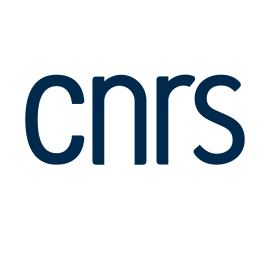Seminar by Federico Rossi / University of Salerno

Thursday 4th of May 2017 - 2pm - Maroni room / MHT
He will talk about : Giant Vesicles as host reactors for nonlinear chemical reactions

Giant lipid vesicles (GVs) are intensively studied in different areas of biomimetic chemistry, biomembrane physics and in the field of artificial cell synthesis, due to their cell mimicking characteristics. GVs and natural cells share physicochemical properties, such as stability, permeability, self-reproduction and the capability to act as hosts of chemical reactions: indeed, giant vesicles can be easily filled with various compounds, even macromolecules, to allow chemical reactions inside. In this field, one of the most promising applications is the use of liposomes as micro-reactors for nonlinear chemical reactions in order to understand how different compartments communicate with each other and exchange information emitting chemical signals. In this context, interesting results about the encapsulation of the Belousov-Zhabotinsky oscillating reaction in liposomes were recently obtained by means of micro-fluidic techniques. The Belousov-Zhabotinsky reaction has also been replaced with the more biologically relevant urea-urease reaction. This enzyme-catalysed reaction converts urea into ammonia and carbon dioxide, and its typical bell-shaped rate constant can be exploited to generate nonlinear phenomena such has bistability, high steady state, low steady state and oscillations. To obtain oscillations, in particular, theoretical models predict that the substrate (urea, S) and the negative feedback (an acid, H) should be delivered into the reactor at different rates, such as kH > kS. Confinement in semipermeable lipid vesicles can thus guarantee a differential diffusion of S and H, so that conditions for oscillations can be met. Here we present an overview of the methods used for the encapsulation of the chemicals into the vesicles and a description of the dynamical features of the confined systems.


